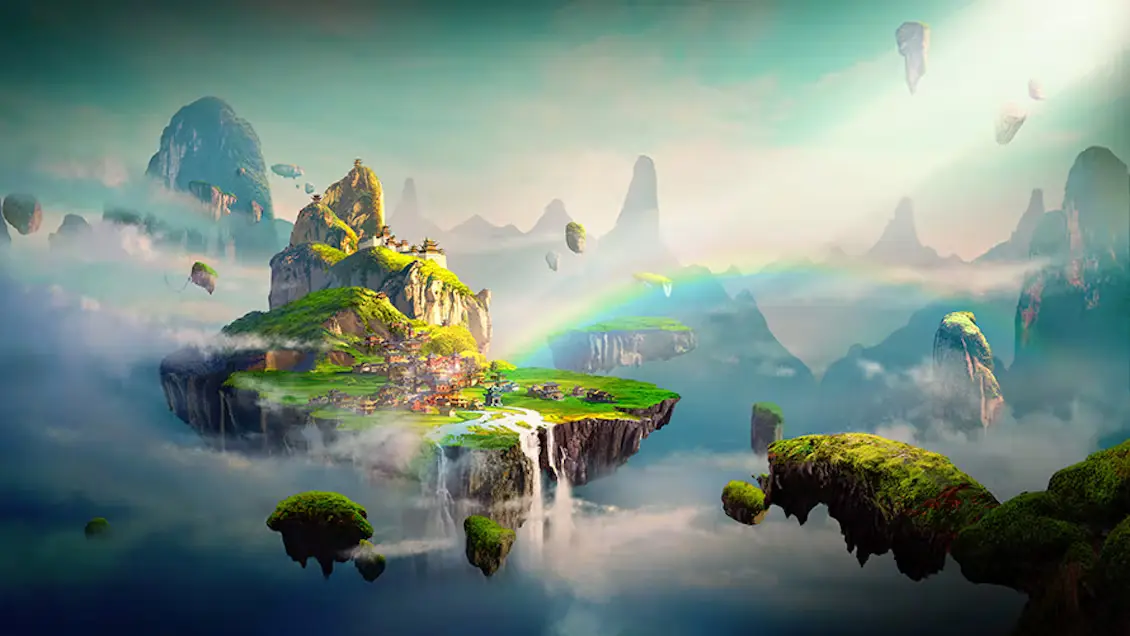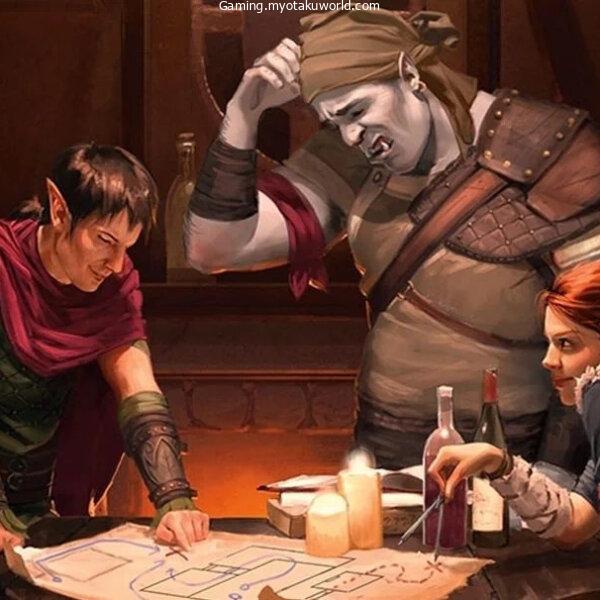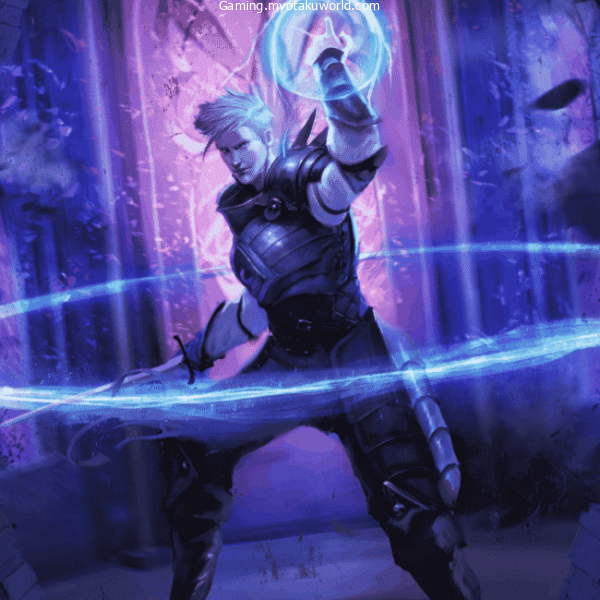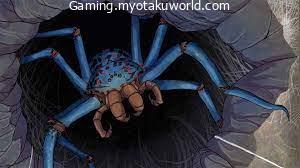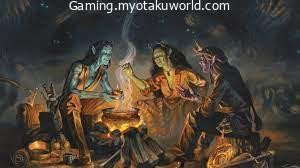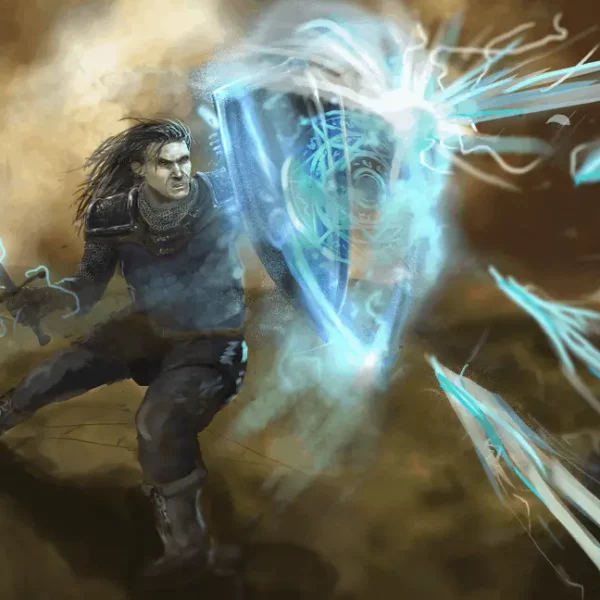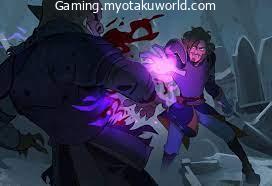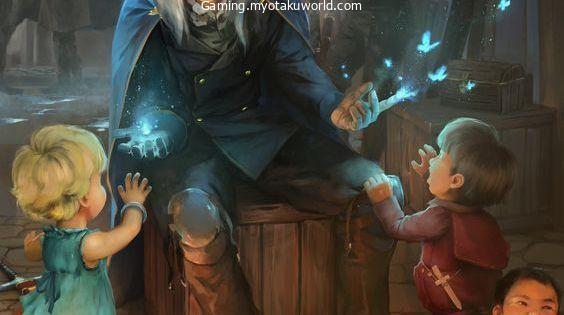Worldbuilding is the process of making whole fantasy worlds from scratch, taking into account how they work so that they seem as real as possible.
Worldbuilding involves asking questions about the setting of a world and then giving detailed answers.
Think about all the kinds of media you like. There are games, movies, and TV. Novels.
I bet most of them have a story.
If you want to be more specific, all of those stories happen somewhere. The setting is what teachers of literature would call this.
I think of that place as a “world” for each creative work. So worldbuilding is just the process of making these worlds.
In worldbuilding, your only real limits are your wants, your imagination, and what you know.
There is a lot to learn, a lot to do, and many ways to do it.
Lucky for you, I can give you some tips on how to start!
But you should know that the tips in this short article are just the… tip of the iceberg when it comes to ways to build a world.
So, if you’re new to the idea or just want a different point of view, here’s my introduction to building worlds.
Genre and Platform
From what I’ve seen, the hardest parts of building a world are often at the start.
But once you’re past the starting line, you can enjoy the trip.
And for a lot of people, making a world can be a fun process that takes months or even years.
Before I start building a world for a project, I decide on two things that will guide my work.
First, there’s the genre, and then there’s the platform. First, let’s talk about genres, specifically literary ones.
Genres are groups of works that are alike in style, form, and content. The fantasy genre includes books like Harry Potter, The Lord of the Rings, and A Song of Ice and Fire.
You may already know some of these, but here are a few more that you might recognise: There are stories about science, horror, action, the west, history, and more.
Choosing a genre for your world will help you build it up in a big way. First of all, it helps you find possible inspiration and research sources because you can look at other works in the same genre.
Second, the genres give a good set of rules for style, tone, and even beauty. Criteria will help you build your world and make sure your designs stay true to the genre (and consequently consistent within your world).
Consistency is important if you want your world to make sense to you and to the people who read it.
For instance, a reader would be confused by the presence of spaceships that travel at the speed of light and photon blasters in a traditional old western setting (think along the lines of desert towns with tumbleweeds, cowboys galloping on horses, and gunslinging marshals).
As you build your world, you might change how much you stick to a certain genre.
As you get more ideas, your world might even take on the traits of other types of stories. But if you are just starting to build a world, try to keep your ideas within one genre. This keeps you from getting too confused by all the options.
The second thing is the platform, which is also called the medium.
How you want to show off your worldbuilding is the platform.
Novels, short stories, screenplays, visual arts, board games, video games, and a lot more are all different kinds of mediums (from physical to digital media).
It’s important to keep this in mind as soon as possible because how you show a world will determine what parts you want to develop and highlight.
For example, video games have a lot of visual clues in the game world because players could interact with them directly while playing. On the other hand, novels give writers more freedom to write longer passages about places, conversations, and characters.
Just as a side note, I think that writing or typing ideas is the easiest way to keep track of them.
This may not be your preferred way to show your world if you don’t want to do it in writing.
But when you write to remember something, it can be a paragraph or a list of bullet points. I know that some artists like to do sketches or concept art more.
But you need a reliable record of your world and the ideas you want to work on, and I’ve found that text is the fastest way to move forward.
Getting Started
Once you’ve decided on the genre and the platform, you can start building the world.
Then you can start making stuff up. You did read that correctly.
Creating a story is all about making stuff up, and worldbuilding is the same, except that it involves an entire world.
At first, it might seem hard to try to think of everything. And it’s okay to feel like that.
My best advice is that you don’t have to make everything yourself. At least not all right away.
Start with a thought. Just one.
There are different ways to deal with this part, which is good news…
Starting Small
I like to “start small” by coming up with smaller but still important parts of my world.
Then I put those pieces together to make my world.
For example, characters can be a good starting point for building a world. Think about it this way: every day, you live your life and learn about the real world.
People made up in a world made up follow the same idea. How people got to where they are, what they do, and where they live are all great ways to build the world around them.
If you don’t like making up people, try making up other parts of the world.
You might want to make something cool like a city. If you like history, you might want to talk about things like the causes and effects of a famous battle that happened in your world.
If you like animals, come up with a cool new one. Flying bear-giraffe hybrid? That sounds both scary and wonderful.
The best thing about starting small is that you can make small parts of the world first.
Even the most common things in our lives have a story to tell. A computer hasn’t always been around, and it takes a lot of work to make one that I can use to type articles about building worlds.
Similar things will happen in the worlds you make.
Building a world is all about breaking everything down to show how it works. Then, like putting together a big jigsaw puzzle, each piece adds up to a bigger picture.
From the Top
A thinking exercise that starts at the top of the world is another way to do it.
Whether you want to build a single planet or a whole universe, you decide how big your worldbuilding can get.
When you’re making stuff up, it helps to know what the physical limits of the setting are.
Imagine what you’d like your world to look like if you could see it from space.
What shape is it? Round? A ring? Flat?
How does the outside look? Mostly water, but some continents like Earth? All leafy and green, like a huge rainforest? Or empty like the Mojave Desert would be after a nuclear war.
After that, start adding smaller and smaller parts to the world. You can explain why the planet is covered in water or why it has no water at all. Or choose one continent and talk about it.
There might be animals that only live in that part of the world, so make those.
Like a Russian Matryoshka doll, you can always build something new inside.
At this point, the process of making a world is back to the “starting small” method.
In the end, you create what you want in your world, no matter what.
It could be to help explain why it is the way it is, or maybe you just want to make something awesome that fits into the world.
The main difference is how you started, but I can promise you that whether you start “small” or “from the top,” you can still make up an infinite number of things.
Finding Inspiration
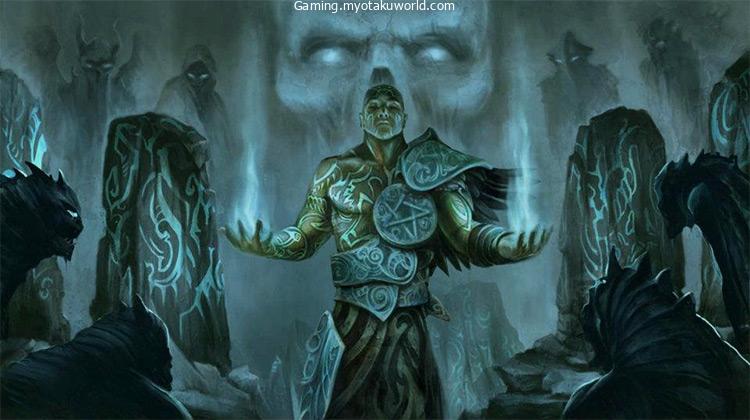
No matter how you build a world, you might feel like you have nothing good to say.
Don’t feel bad about it, because you wouldn’t be the first or last person to do that.
It helps to know that it’s not always because you don’t have any ideas. We are always thinking! The hard part is making something that doesn’t look like anything else in your world.
My go-to solution for that kind of problem is to get some ideas.
And how can I do that most easily?
Well, just think about what kind of world you made.
Look at other works in that genre and see what ideas you like or find interesting. But you shouldn’t just copy other people’s ideas.
At worst, you’d be plagiarising. At best, what you’re making won’t feel very unique, and it wouldn’t be your own unique content.
Find out what you liked about these ideas instead. The hardest part is finding a way to put your own spin on an idea in a way that makes sense in your world.
No matter where you got your ideas, the important thing is to make them your own.
You might add a new twist or take a concept apart and put it back together in a different way. You decide.
From there, use these ideas that you have made your own to build up your world. Pay attention to the parts that interest you the most.
Make other parts of your world as you think of them. When you’re just starting out, don’t get so caught up in the details that you stop making things.
Only you will know what parts of your world are really important, and knowing what matters will help you build a world that you can depend on.
Putting It All Into Practice
Let’s end with a concrete example… Let’s say I want to set a book in a fantasy world.
I’m not too interested in the bigger picture, with planets and landmasses and all that.
But I want to talk about the people who live in my world. And I think it would be cool if they could use magic in their everyday lives.
Now, there’s a lot to figure out. My first question, though, is “How?”
I liked how Harry Potter’s wizards worked, so I’ve been reading more about how J.K. Rowling wrote about magic in her other books. Most of her wizards used wands, but they didn’t always need them.
Now, I like how they could say spells to make magic happen, but I think waving wands around is silly and won’t be a part of my magic system.
I also want some kinds of magic in my world to be rarer or harder to find.
So I’ll think about it some more.
I look at other fantasy stories with magic, like Disney’s The Sorcerer’s Apprentice, which came out almost ten years ago.
Now, I decide that people in my world don’t just use magic from the start. They need to learn how to chant spells, but I don’t want it to be like Hogwarts.
In my world, people don’t learn spells from books. Instead, they apprentice with certain teachers, just like in the movie.
And here’s a twist: for a student to learn from a teacher, both of them need to be on the same magic wavelength. Wavelengths are kind of like magical blood types, which is another cool thing I can add to my world in the future.
After that, it could take students years to finish their apprenticeships, and teachers have to put a lot of energy and time into the whole process.
All of these details help me figure out how magic works in my world, which is important because it will affect everyone who lives there.
Then I can think about making up characters who are teachers or students, and I expect to have to make up more details to make their worlds seem real. …et cetera.
My example shows only one iteration, which is my version of the “starting small” and “from the top” approaches to building a world.
As a creator, you can try out different ideas in whatever way works best for you.
Like most creative arts, there aren’t many rules to follow if the result is good. You can start wherever you want, keep what you like, change what doesn’t work, or just get rid of what you don’t like.
There may always be more, which is a good thing. A lot of the fun and excitement of building a world comes from making it the way you want it to be so that it fits the story you want to tell.
And finally, have fun! Having fun with what you make will help you stay interested in worldbuilding.
